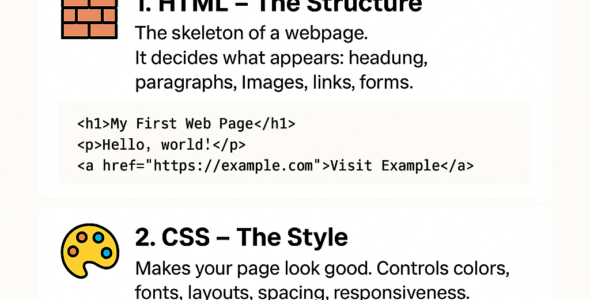In this module, we'll explore the techniques and strategies for optimizing CSS performance, including CSS file structure, selector efficiency, property optimization, and caching. You'll learn about the syntax, examples, and best practices for optimizing CSS performance to improve page load times and user experience.
CSS Performance Optimization Techniques
- CSS File Structure: Organize CSS files to reduce file size and improve loading times.
Syntax: /* separate files for layout, components, and utilities */
Example: layout.css, components.css, utilities.css
- Selector Efficiency: Use efficient selectors to reduce computational overhead.
Syntax: /* use classes instead of IDs */
Example: .header instead of #header
- Property Optimization: Remove unnecessary properties and values.
Syntax: /* remove unused properties */
Example: /* remove */ background-color: #fff;
- Caching: Leverage browser caching to reduce page load times.
Syntax: /* use cache-control headers */
Example: Cache-Control: max-age=31536000
- Minification and Compression: Minify and compress CSS files to reduce file size.
Syntax: /* use tools like Gzip or Brotli */
Example: /* compress */ layout.css.gz
- Avoiding CSS Hacks: Avoid using CSS hacks that can slow down page load times.
Syntax: /* avoid using */ * { ... }
Example: /* avoid using */ * { box-sizing: border-box; }
Examples
- Optimize CSS file structure:
/* layout.css */
.header {
/* styles */
}
/* components.css */
.button {
/* styles */
}
/* utilities.css */
.text-center {
/* styles */
}
- Optimize selectors:
/* instead of */
#header {
/* styles */
}
/* use */
.header {
/* styles */
}
- Optimize properties:
/* instead of */
.header {
background-color: #fff;
padding: 20px;
margin: 0;
}
/* use */
.header {
padding: 20px;
}
Best Practices
- Use CSS performance optimization techniques to improve page load times and user experience.
- Organize CSS files to reduce file size and improve loading times.
- Use efficient selectors to reduce computational overhead.
- Remove unnecessary properties and values.
- Leverage browser caching to reduce page load times.
- Minify and compress CSS files to reduce file size.
- Avoid using CSS hacks that can slow down page load times.
- Test your optimized CSS in different browsers and devices to ensure compatibility.
By mastering CSS performance optimization, you'll be able to improve page load times, reduce file size, and enhance user experience.

